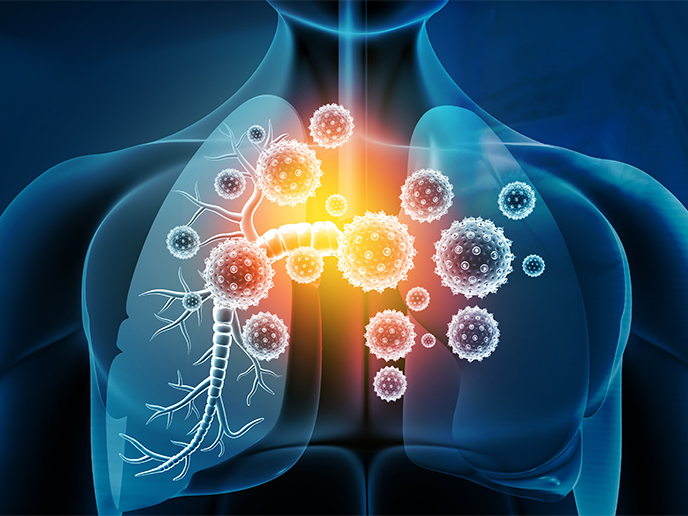Biogenic amines in cheese and wine
The production of cheese and wine fermented by lactic acid bacteria (LAB) is an important industrial activity in Europe. The metabolic activities of LAB play an essential role in food preservation. They can contribute in a positive or negative way to the taste, smell, nutritional and health properties of food and beverages. The decarboxylation of amino acids leads to the production of biogenic amines (BA) which possess unwanted toxic properties. The DECARBOXYLATE project studied the individual acid and amino acid decarboxylation pathways. DECARBOXYLATE isolated different strains of common LAB species from traditional Spanish and other European cheeses and used colorimetry to identify tyramine and histamine producers. Results were confirmed by using the polymerase chain reaction (PCR) techniques developed by the project. LABs were also isolated from traditionally produced Argentinian cheeses and dairy products and tested. The results showed that high levels of the tyramine producer, Enterococcus, were found in both European and Argentinean cheeses. The ability of commercial starter cultures to decarboxylate histidine were investigated using colorimetric and Enzyme-Linked ImmunoSorbent Assay techniques (ELISA). All the strains tested were found to be negative. Colorimetric methods were also used to analyse Lb. hilgardi strains from wine and their ability to produce tyramine. The DECARBOXYLATE project developed the unique qPCR assay to analyse wine samples collected from all over Bordeaux. Results indicated that the vast majority of the samples contained bacteria that produce histamines. In some areas the wine contained highly variable levels of histamines. Therefore, there was no certainty that the distribution of histamines is dependent upon geographical location. It may be as a result of the differences in the make-up of the wine and the production process.







